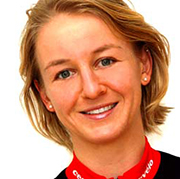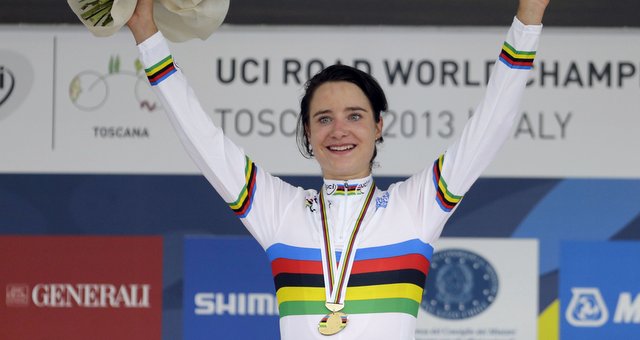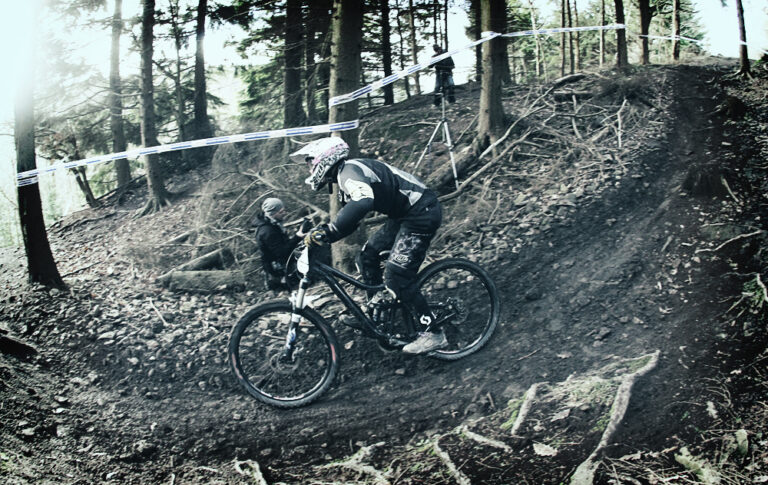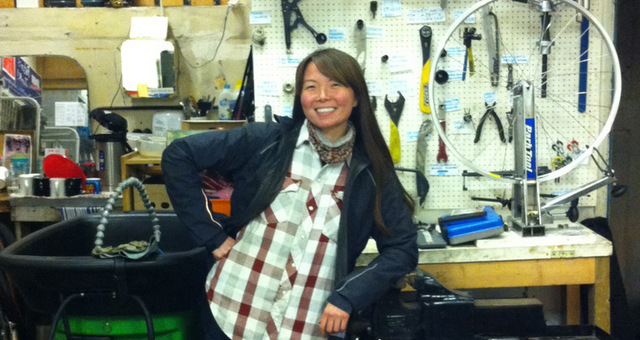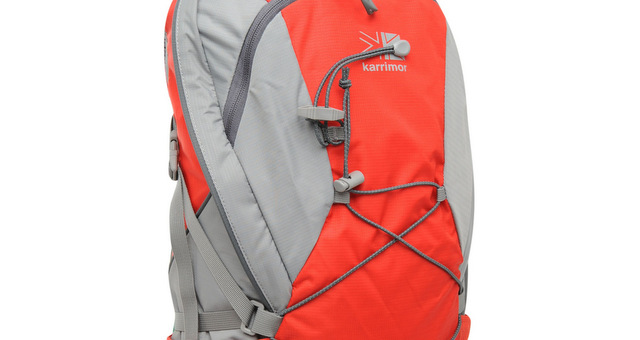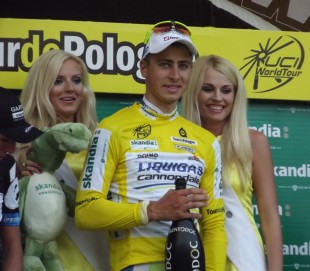
Following Sagan’s ‘bumgate’ scandal on the podium at the Tour of Flanders last week, Katharine Broadbent comments on where women fit in to realm of pro-cycling as someone who is preparing to compete herself in the national road race series.
For the last year I have been President of Durham University Cycling Club and perhaps more interestingly, I have been the first female President of the club. This is not really a surprising fact when we consider how male dominated cycling is, as a competitive sport. The DUCC has around 50 members, of which 5 are women. This kind of statistic is not unique to DUCC; only 15% of British Cycling members are women.
On Sunday, Peter Sagan made a crude gesture on the podium at the Tour of Flanders. It got me thinking once again, about how women are represented in cycling and what is being done to change it. In my own experience, on a more local scale, efforts are being made to get women on bikes and racing, but I see little evidence of this at the top of the sport.
Every year, another women’s team loses funding and world-class riders are left without a team for the next year. Emma Pooley considered retiring after her team collapsed for the third year in a row. Emma, as a former World Time Trial Champion, winner of the Grand Boucle feminine (the alternative to the Tour de France before lack of financial support brought it to an end), Queen of the Mountains in the Giro Donne last year: without a team. It just wouldn’t happen in the world of male cycling.
Analysing Sagan’s bottom grope a little further, I could easily wax lyrical about sexism in sport and why we still have this questionable tradition of podium girls. While it’s hard to gauge a rational reaction without being accused of a missing sense of humour; it’s certainly easy to blow it off as ‘just a bit of fun’. However, inequality is perhaps most blatant to those who are getting a rough deal.
Clearly, it was an inappropriate gesture. Most women would see this behaviour; particularly from men they don’t know, as threatening and disrespectful rather than flattering or funny. Perhaps this was overlooked by the 23 year old, but his relative youth shouldn’t be used as an excuse.

What is most depressing about the photo of Sagan and Maya Leye (the podium girl), making the rounds in the cycling media, is that it was the only representation, on television of women in cycling on Sunday. For those of you who don’t know, just prior to the end of the men’s race, Marianne Vos was sprinting to victory in the women’s Ronde (Tour of Flanders) for the first time in her career. There was no televised coverage of this race.
The fact that women’s races aren’t televised is not only the result, but a factor contributing to the problem. If women’s racing is not shown on TV, it is less attractive to potential sponsors. It would have been easy, surely, for the UCI to push for the women’s Tour of Flanders to have been filmed, with everything already set up to capture the men’s race.
I’m not writing to explain why people should watch women’s cycling; the old arguments of women’s cycling; not being fast enough, not attacking enough, being too boring, have surely been put to bed after the Olympics. Yes, that was just one race, but I believe it to be typical across the board in women’s cycling.
Double World Road Race Champion, Giorgia Bronzini, was once asked what advice she would give to young girls, aspiring to be professional bike racers, and her answer, ‘don’t bother!’ For Bronzini, life as a professional cyclist has been a struggle and hers is not a unique experience: less than half of the women in UCI races are paid. The UCI has not yet agreed to a minimum wage for women. They are not asking for millions; a World Tour men’s team costs €9.5 million a year to run while the female equivalent costs a mere €500,000.

When I started racing in the North East of England 3 years ago, the only competition available to me were men’s 4th category races. If I wanted to race against women, there was the Women’s National Road Race series and National Team series, not really the ideal platform when you were just starting out. Today, there is women’s racing and coaching nearly every weekend in the North East and in the North West this season, a successful road race league has started, limited to 2/3/4 category riders. All these events mean girls have an entry into the sport and I only hope this fuelling from the grassroots approach not only continues to grow, but also filters through to the top end of the sport.
Katharine Broadbent’s article was originally posted on andbethere.com

